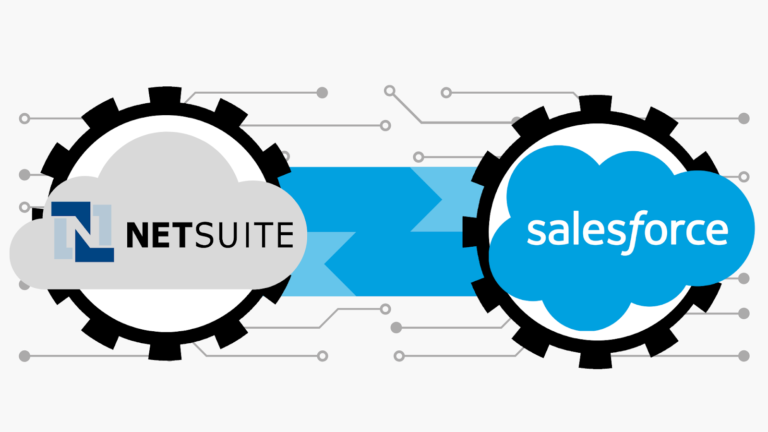Introduction: Prompts Engineering for Salesforce Developers
Prompts Engineering for Salesforce Developers: In the dynamic realm of Salesforce development, crafting an intuitive and seamless user experience is paramount. One powerful tool in a developer’s arsenal for achieving this is prompt engineering. Prompt engineering involves the thoughtful design and implementation of prompts—messages, notifications, and alerts—to guide users effectively and enhance their interaction with the Salesforce platform. In this blog post, we’ll explore the art and science of prompt engineering for Salesforce developers, shedding light on best practices and strategies to elevate user engagement.
Understanding the Importance of Prompts:
Prompts serve as a direct communication channel between the Salesforce application and its users. Whether it’s conveying critical information, guiding users through a process, or providing real-time feedback, well-designed prompts can significantly impact user satisfaction and productivity. Here’s why prompts matter:
- User Guidance: Prompts act as virtual guides, providing users with contextual information, instructions, and assistance as they navigate through the Salesforce application. This is especially crucial for new or infrequent users.
- Feedback Mechanism: Real-time feedback through prompts informs users about the success or failure of their actions. Positive reinforcement and constructive feedback contribute to a positive user experience.
- Notification of Important Events: Prompts can be used to notify users of important events, such as system updates, upcoming maintenance, or changes to their data. This ensures users stay informed and engaged.
Best Practices for Effective Prompt Engineering:
- Contextual Relevance:
- Ensure that prompts are contextually relevant to the user’s current task or location within the application.
- Tailor prompts to specific user roles, ensuring that the information presented is meaningful and applicable to their responsibilities.
- Clarity and Conciseness:
- Keep prompts clear, concise, and easy to understand. Avoid unnecessary jargon or technical language that might confuse users.
- Use action-oriented language that guides users on the next steps they should take.
- Consistent Design:
- Maintain a consistent design and style for prompts across the Salesforce application. Consistency fosters familiarity and helps users quickly grasp the meaning of different prompts.
- Interactive Prompts:
- Integrate interactivity when appropriate. Allow users to dismiss prompts, acknowledge messages, or take direct actions from within the prompt itself.
- Use interactive prompts to prompt users for additional information or confirmation for critical actions.
- Prioritize Critical Information:
- For important notifications or alerts, use prominent prompts that capture immediate attention. Ensure that critical information is not buried in a sea of less important messages.
- Responsive Design:
- Consider the variety of devices and screen sizes users may have. Design prompts that are responsive and display appropriately across different devices, ensuring a seamless experience.
- Testing and Iteration:
- Before deploying prompts, thoroughly test their functionality and appearance in various scenarios. Address any issues promptly to avoid frustrating user experiences.
- Encourage user feedback and iterate on prompts based on real-world usage.
Strategies for Prompt Engineering in Salesforce:
- Use of Lightning Components:
- Leverage Salesforce Lightning components to create customized prompts that align with your organization’s branding and design guidelines.
- Lightning components provide flexibility in crafting dynamic prompts that can adapt to different contexts.
- Automation with Process Builder:
- Implement automated prompts using Salesforce Process Builder. For example, trigger a prompt when a new record is created, or when a specific condition is met.
- Automation ensures timely delivery of prompts without relying on manual interventions.
- Incorporate Einstein Analytics:
- Explore the capabilities of Salesforce Einstein Analytics to derive insights and patterns from user interactions. Use this data to personalize prompts based on user behavior.
- Dynamic Content Delivery:
- Implement dynamic content delivery within prompts. For instance, display real-time data or updates related to a specific record or opportunity.
- Dynamic content keeps users informed with the latest and most relevant information.
Conclusion:
Prompt engineering for Salesforce developers is a nuanced process that involves a deep understanding of user needs, effective communication, and the seamless integration of prompts into the user interface. By adhering to best practices, incorporating interactive elements, and leveraging Salesforce’s powerful tools, developers can create an engaging and user-friendly experience. As the Salesforce ecosystem evolves, prompt engineering remains a crucial aspect of user-centric design, contributing to increased productivity, user satisfaction, and the overall success of Salesforce implementations. Stay tuned for more insights and innovations in the dynamic world of Salesforce development.




